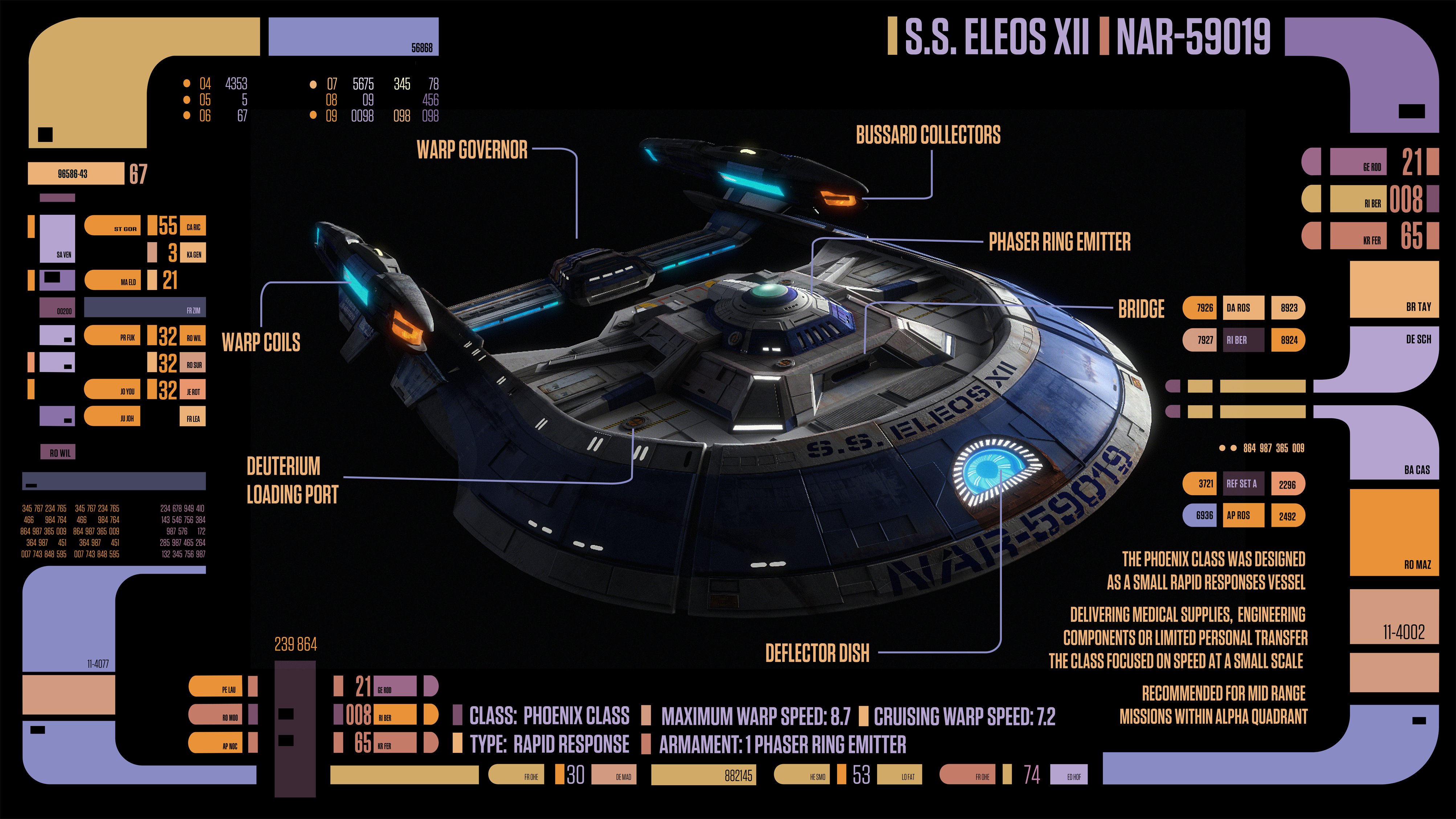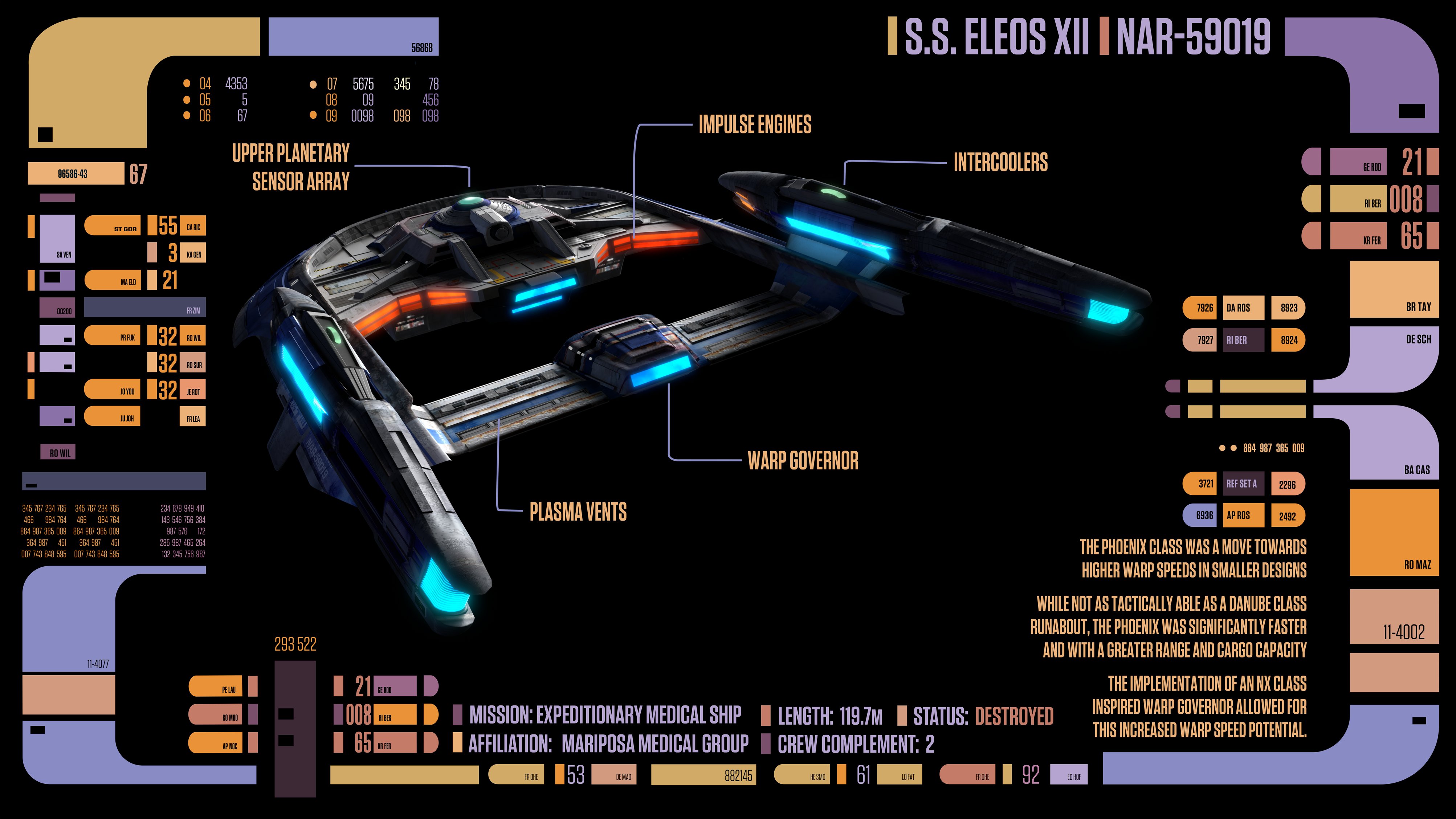Both of these are dumb ideas, but the fact that they're needed is because of an even dumber (& lazier) idea, so absolved by default
I did say I was being generous

I'm really not a fan of this idea either.
If you go by the 11,000 dead on 39 ships at Wolf 359, average crew complement was around 300. But that's including large Ambassador and Nebula class ships among the much smaller ones.
We know from TNG that crew sizes in the 24th century are a
lot smaller than they were on equivalent ships in the 23rd century. We have canonical crew sizes for
Miranda-class ships in the 2360s of only 34 (
Brattain) and 28 (
Lantree), and these are ships with approximately the same internal volume as the
Constitution-class! 300 as an average seems reasonable when we consider that there's
Excelsiors,
Ambassadors, and
Nebulas present, and medium-sized ships like the
Intrepid-class still have smaller crew sizes than that in the 2370s.
Hospital Ship? More like Clinic Ship, amirite?

I would expect a hospital ship to be quite large, but maybe it's a fast-response triage ship, designed to race to the scene of any medical emergency and deliver immediate care and assessment ahead of the larger, slower response ships?
A “warp governor“ is an intentional throwback to the NX design that clearly inspired the Eleos, but does that mean that later / all Federation starships don’t have one somewhere internally? Perhaps one needs to be placed about mid-nacelle lengthwise, and this happened to e the best place to put it on this design? Or maybe some designs are big enough to place them in the nacelles?
I always assumed that's what the
off-axis field controller at the back of most warp nacelles was supposed to be. You can either have one large central unit or smaller separate units in each nacelle working in concert. Presumably the trade-off is that a central unit is simpler to operate and maintain, but the separate units give finer control. I could of course be completely wrong


 I'm really not a fan of this idea either.
I'm really not a fan of this idea either.









